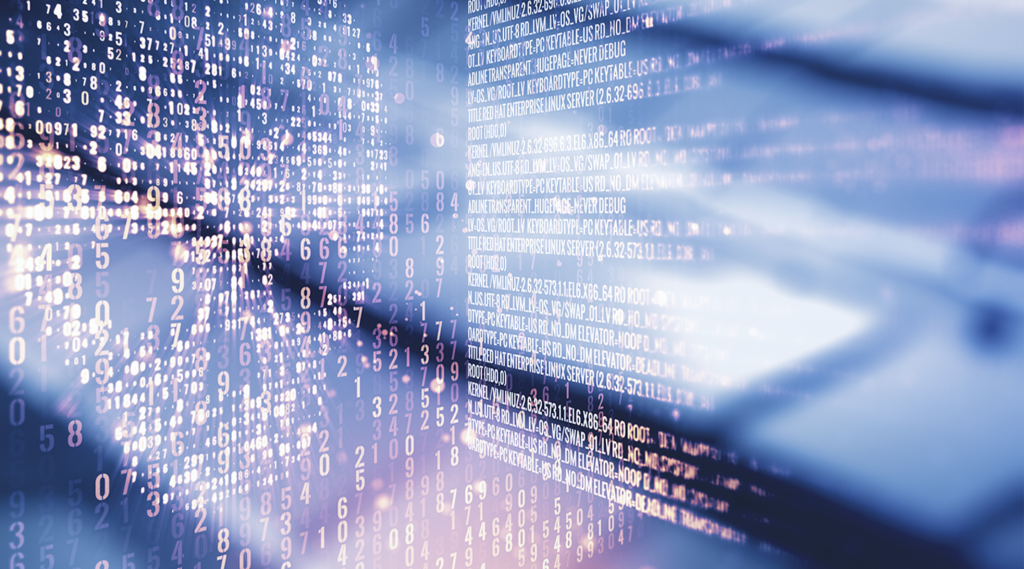What lessons can be learned from recent cyber attacks on the energy industry, and how can organizations protect against them?
The energy industry is vital in our modern society, powering homes, public and private organizations and critical infrastructure, as well as facilitating economic growth and social stability. However, it’s this importance that also makes it a prime target for cyber threats, an issue exacerbated by geopolitical tensions, operational technology vulnerabilities and increasing natural disasters.
Cyber threats, while not a new form of risk, have become more prominent and challenging. For example, the cyber attack on Iran’s oil facilities showed how easily digital breaches can happen. Meanwhile, the explosion at a power plant in Puerto Rico reminded us of the severe real-world damage that can result from such attacks.
Each incident highlights how organizations’ operations can grind to a halt, causing costly downtime and lost revenue. Widespread consequences can be felt across the energy ecosystem, with cascading effects on interconnected industries.
Cybersecurity Challenges in the Energy Industry
The nature and frequency of cyber threats are escalating, requiring a pivot from reactive to proactive strategies for threat mitigation. Especially as advanced persistent threat (APT) groups, known for their targeted, long- lasting cyber attacks, are increasingly focusing on energy organizations. Conversely, the occurrence of ransomware attacks has risen, posing considerable risk to the operational integrity and sensitive information of energy firms.
Adding to this complexity are nation-state-affiliated attack groups. These actors often exploit geopolitical instability, using it as both a smokescreen and an amplifier for their activities. The effect of such actions extends far beyond the digital realm; these disruptions can impact economies, public safety and national security.
Case in point, the 2019 Saudi Aramco drone strike, which abruptly halted half of Saudi Arabia’s oil production, sending ripples throughout global oil markets. Similarly, leaks in the Nord Stream gas pipeline intensified geopolitical tensions between Russia and Western countries, exposing the vulnerabilities in energy supply chains. Also, the ongoing conflict between Ukraine and Russia underscores how geopolitical issues can directly impact energy infrastructure.
But cyber attacks don’t just disrupt operations; they also have significant financial implications. These attacks can drastically influence commodity prices and share values, thereby affecting global trading markets. A single disruption can quickly lead to a domino effect that spills over from the energy industry to the rest of the economy and society at large. The extensive, far-reaching impact of these cyber attacks proves the critical need for energy organizations to adopt proactive, comprehensive strategies to identify, prevent and respond to these threats effectively.
Addressing Cyber-Physical Risks in the Energy Industry
When cyber and physical risks intersect in the energy industry, they create a multifaceted challenge that requires a robust, multi-pronged security approach. According to a Dataminr-commissioned report, 56% of security leaders at energy and utilities organizations—the highest among any industry surveyed for the report—identified their organization’s foremost priority as building technological resilience. This involves not just the safeguarding of their organization’s data, but also ensuring compliance with data-localization mandates, as well as fortifying IT/OT systems and digital assets.
Download the report: Building Business Value in the Energy and Utilities Industry
This points to why cybersecurity spending in the energy industry is set to continue at a compound annual growth rate of 9.1% through 2025, with artificial intelligence (AI) as a critical component of this investing. AI-based tools provide key benefits by analyzing massive volumes of data swiftly, identifying potential vulnerabilities and initiating immediate remedial actions to ward off potential damage. By detecting anomalies and predicting possible threats, AI not only fortifies the digital infrastructure but also supports the secure operation of physical and digital assets.
Simultaneously, the role of regulatory bodies has become more significant than ever. As the frequency and complexity of threats grow, regulatory bodies worldwide are revising their frameworks and guidelines to boost the industry’s resilience. One such example is the proactive measures taken by the European Union (EU). The EU’s recent directive for critical entities reflects the union’s commitment to counter both cyber threats and physical sabotage incidents.
The directive, a response to incidents like the Nord Stream pipeline sabotage and the geopolitical tensions associated with the Russia- Ukraine conflict, requires member states to devise comprehensive strategies. These strategies must encompass preventive measures, robust protective mechanisms, rapid response capabilities and effective recovery plans from cyber attacks.
At Dataminr, we understand the critical importance of proactive threat detection and response for the energy industry. The task is complex, and the stakes are high, but the objective is clear: Deliver the earliest indications of cyber risks and events via real-time alerts on digital risk detection, vulnerability prioritization, external attack intelligence and cyber-physical risks. Security leaders are then better able to manage the cyber risk landscape and create a more resilient organization.
Learn more about how Dataminr Pulse for Cyber Risk aids energy organizations in planning for and responding to unexpected cyber threats and vulnerabilities.




